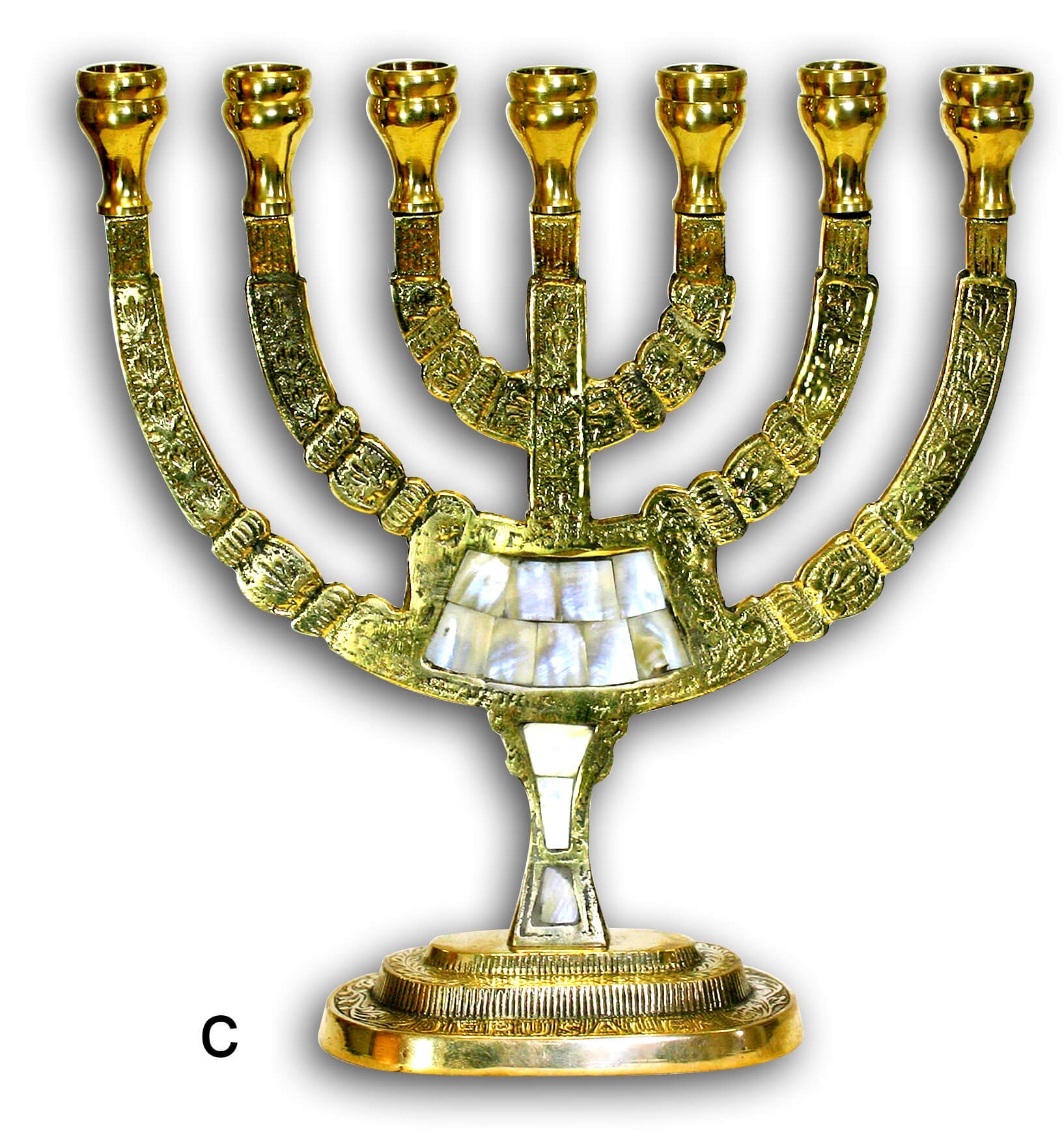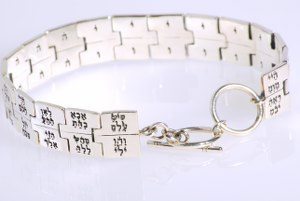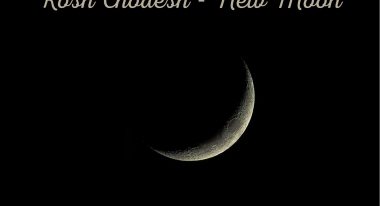
The History of Jewish Art
The history of the Jewish art is similar to the history of the Jewish religion and Jews – it comprises many places and times. It is impossible to study the world of the Jewish art without realizing the enormity of the Jewish culture.
Since the days of the Diaspora Jews were part of other cultures. Many lived as accepted citizens of the countries of the Diaspora, while others lived in their isolated communities.
Uniqueness of the Judaism that enabled it to flourish for centuries of persecution and exile is in the ability of religion and nation to adapt and change.
The Jewish art was influenced by different cultures. The forced migration had created an amazing diversity of the forms of art, which are nevertheless typically Jewish.
A significant part of extant Jewish art preserved in the forms of religious objects and jewelry. The Jewish law, customs and traditions make every Jew to follow certain ceremonies in the everyday life and on holidays. These ceremonies are performed using objects that are functional and decorative at the same time.
The predominance of the value of the ceremonial art over the aesthetic art originates from the Bible. The second commandment states:” You shall not make for yourself an image in the form of anything in heaven above or on the earth beneath or in the waters below:” (Exodus 20:4).
But there are contradictions in the Bible. In the Book of Exodus, God gives Moses the specific instructions of the Ark of the Covenant which should be built: “And make two cherubim out of hammered gold at the ends of the cover” (Exodus 25:18).
And later, God says to Moses: “See, I have chosen Bezalel son of Uri, the son of Hur, of the tribe of Judah, and I have filled him with the Spirit of God, with wisdom, with understanding, with knowledge and with all kinds of skills— to make artistic designs for work in gold, silver and bronze, to cut and set stones, to work in wood, and to engage in all kinds of crafts”.(Exodus 31:2-5)
In the Ezekiel’s narrative about the restoration of the Temple, the wood trim was decorated with: “cherubim and palm trees, a palm tree between cherub and cherub. Each cherub had two faces, so that the face of a man was toward a palm tree on one side, and the face of a young lion toward a palm tree on the other side; thus it was made throughout the temple all around.” (Ezekiel 41:18-19)
Until the 30s of the last century it was believed that the Jews never depicted human figures in their art. This notion was dispelled with the discovery of amazinf frescoes in the III century synagogue at Dura-Europos in Iraq. This discovery had led to a reassessment of the very concept of the Jewish art. On the well preserved frescoes numerous scenes from the Bible are depicted.
Other images and mosaics were discovered in addition to the Dura-Europos frescoes. Many of them were found in the synagogues of Palestine and its environs. The ancient buildings were decorated with different Jewish symbols, such as Menorah, lulav (a willow branch), etrog (citrus fruit) – supplies of the Sukkot festival. Also were found images of the lions of Judah and the shofar – a ram’s horn used as a religious musical instrument.
Depicting people on the subjects of art could be explained by the next line of the second commandment: “You shall not bow down to them or worship them” (Exodus 20:5). This means that not all the images of creatures are prohibited, but only those which are made for the sake of idolatry.
There are many Hebrew manuscripts with color illustrations that were created by Jewish artists in the Middle Ages. These illustrations appear in the Bibles, in Hagadot(texts for the Seder on Passover), Esther Scrolls and Ketubot(marriage contracts).
In some works Jewish artists depicted people, but without faces, or portrayed from the back.
In Islamic countries, Jews avoided portraying people for longer than in other places of the Diaspora. This was due to the iconoclasm inherent in Islam. Drawings in the manuscripts and ritual utensils were mostly decorated with abstract patterns of vines and flowers.
Jewish artists continuously interpret the styles and trends of many cultures, developing their own unique art. At the beginning of the twentieth century there was a huge rise in the work of Jewish artists because the Jews of Eastern Europe were finally able to leave the ghetto and get in touch with live art theory.
Undoubtedly, a review of Jewish art is a review of the world of art through the eyes of the Jews.
The Jewish art, centuries old, provides an excellent opportunity to look into the culture of various ages, as well as to enter the world of exclusively Jewish traditions, rituals, holidays and ideals.






